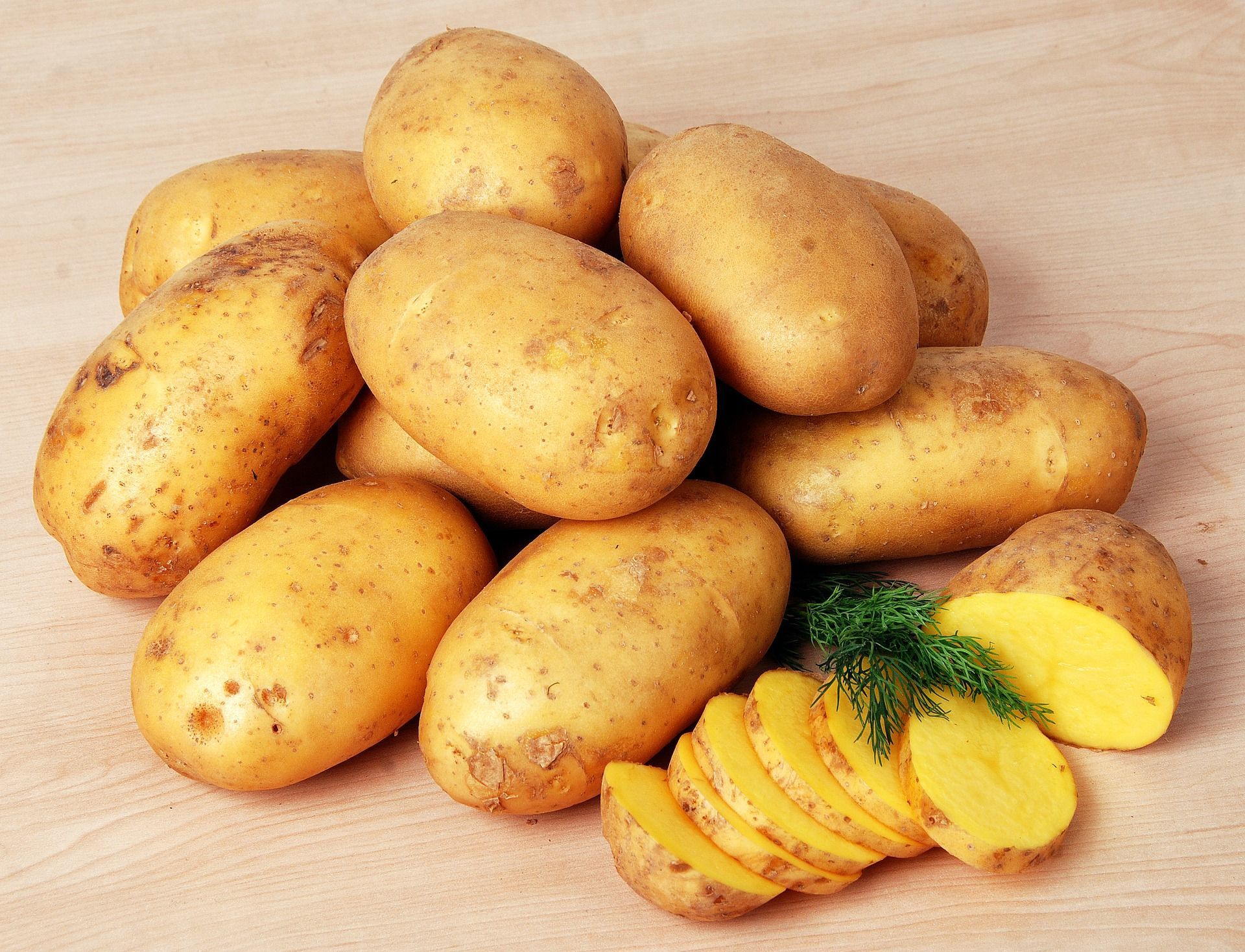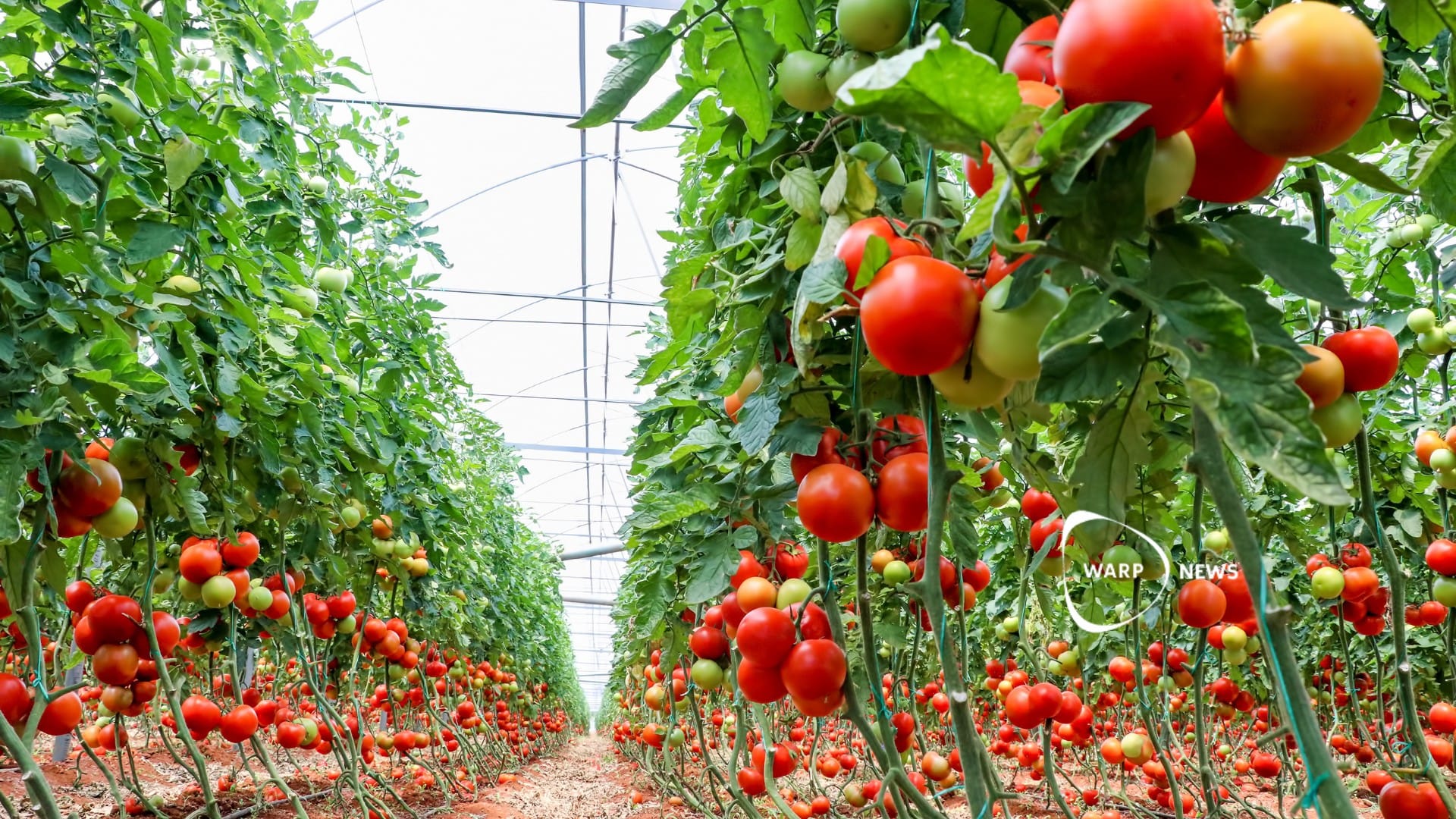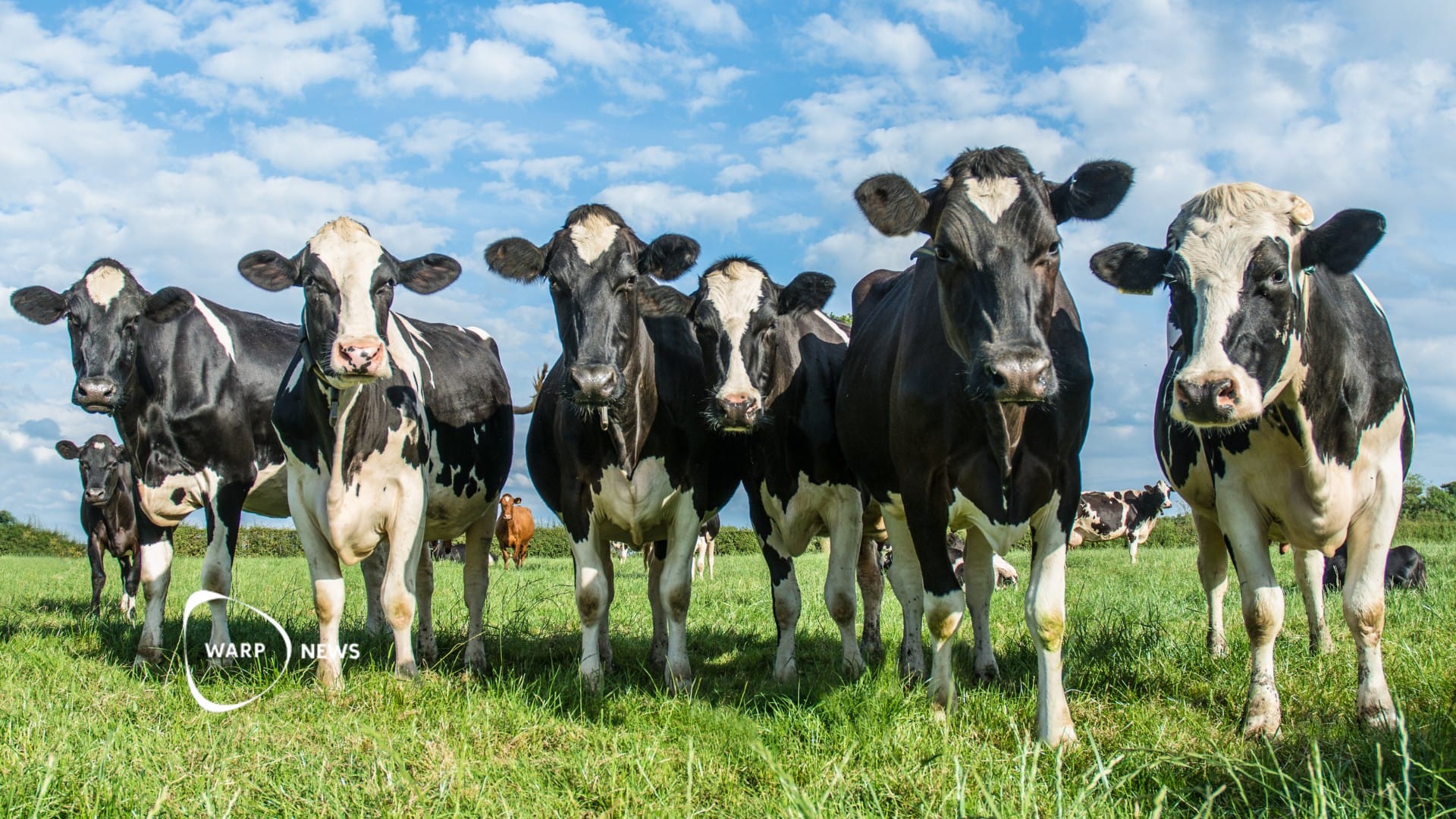
🥔 CRISPR provides potatoes with a longer shelf-life
Researchers are using CRISPR gene scissors to inactivate a gene that causes scuffed potatoes to be discarded.
Share this story!
Potatoes damaged during harvest or transport grow ugly brown spots. In addition to making the potatoes look unappetizing, the stains also impair the potato's taste and nutritional value. This means that tons of potatoes are discarded every year, but now a research team has found a way to make potatoes tougher and durable.
The potatoes turn brown as part of the potato's protection mechanism against damage. When the shell is damaged, an enzyme called Polyphenol oxidase, PPO, is activated. When PPO comes in contact with oxygen, the brown spots appear, and the potatoes must be discarded.
Researchers from SLU in Sweden and Inta in Argentina have used CRISPR/Cas9 gene scissors to inactivate the gene that controls PPO in potatoes. The result is that the potatoes do not get any brown spots and thus do not need to be discarded.
"The development of new technologies to control the PPO enzyme in potatoes is the most promising and safest way to avoid unwanted brown compounds in fresh and processed potato products. With the help of this method, potatoes can have a better shelf life", says Mariette Andersson, researcher at the Department of Plant Breeding at SLU, in a press release.
The researchers will now go ahead and test the altered potatoes in field trials in Argentina. The hope is to produce new potato varieties that do not get any brown spots when the skin is damaged.
Image: Pixabay / Polat Döver
By becoming a premium supporter, you help in the creation and sharing of fact-based optimistic news all over the world.


